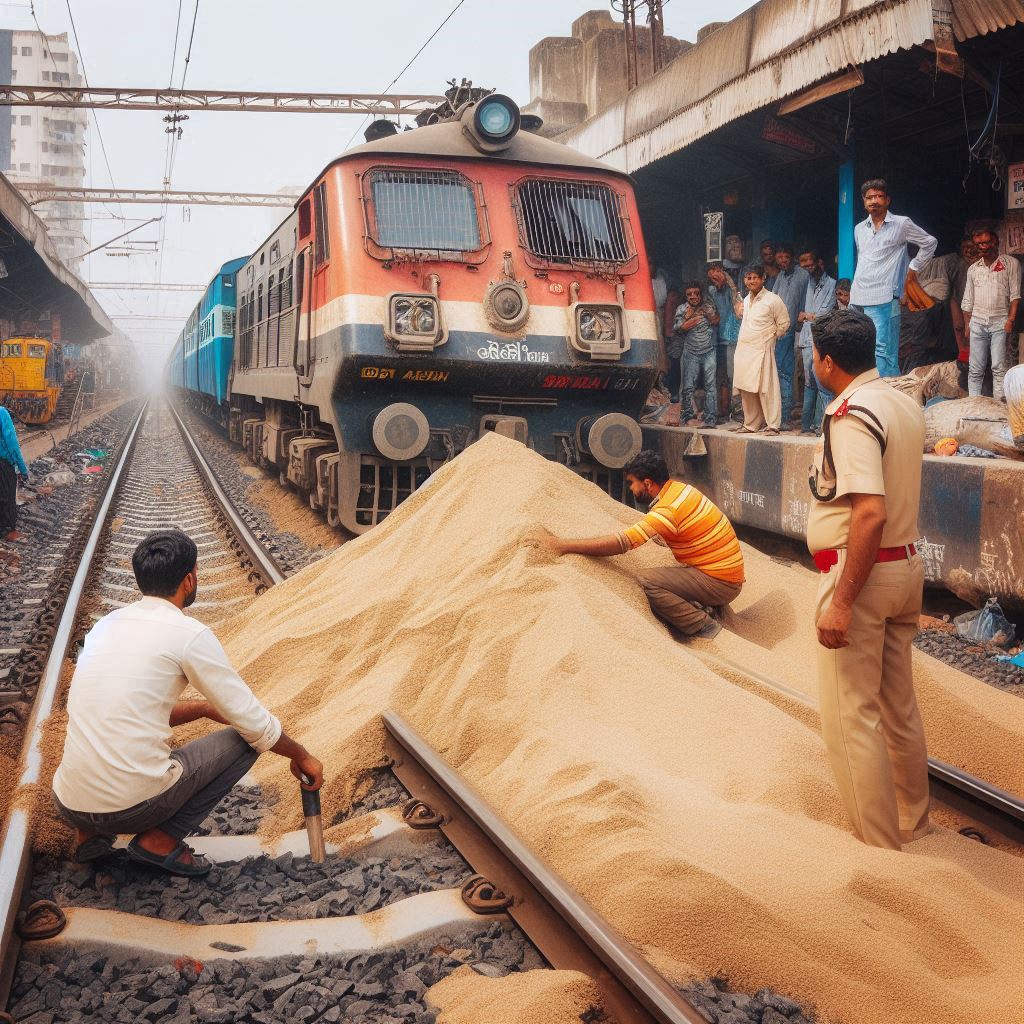

Frequent train disasters, often averted at the last moment, highlight a critical issue within the Indian Railways: mismanagement and miscommunication between departments. The recent incident in Uttar Pradesh’s Raebareli, where a loco pilot spotted a pile of soil dumped on the rail tracks, underscores the precarious nature of railway safety in India. This near-miss is not an isolated event but part of a troubling pattern that demands urgent attention.
The Indian Railways, one of the largest railway networks in the world, is plagued by systemic mismanagement. The sheer size and complexity of the network necessitate a high level of coordination and efficiency, which is often lacking. Departments operate in silos, leading to a breakdown in communication and coordination. This disjointed approach results in critical safety lapses, as seen in the Raebareli incident. The lack of a unified command structure means that information about potential hazards does not flow smoothly between departments, increasing the risk of accidents.
Another significant issue is the inadequate maintenance of railway infrastructure. Tracks, signals, and rolling stock are often in a state of disrepair due to budget constraints and bureaucratic inefficiencies. Regular maintenance schedules are either not followed or poorly executed, leading to dangerous conditions on the tracks. The pile of soil on the tracks in Raebareli could have been detected and removed much earlier if proper maintenance protocols were in place. This negligence not only endangers lives but also undermines public confidence in the railway system.
Human error, exacerbated by insufficient training and overwork, is another critical factor. Loco pilots and other railway staff are often overburdened, leading to fatigue and mistakes. The Raebareli incident was averted thanks to the vigilance of a loco pilot, but such vigilance cannot be relied upon as a primary safety measure. Comprehensive training programs and reasonable working hours are essential to ensure that railway staff can perform their duties effectively and safely.
Despite advancements in technology, the Indian Railways has been slow to adopt modern safety systems. Automated warning systems, real-time monitoring, and advanced communication tools can significantly reduce the risk of accidents. However, the implementation of such technologies has been sporadic and inconsistent. Investing in and integrating these technologies across the network is crucial for enhancing safety and efficiency.
Addressing these issues requires a multifaceted approach. First, there must be a concerted effort to improve inter-departmental communication and coordination. Establishing a centralized command system can help streamline operations and ensure that critical information is shared promptly. Second, adequate funding must be allocated for the maintenance and upgrading of railway infrastructure. This includes regular inspections and timely repairs to prevent hazardous conditions. Third, investing in the training and well-being of railway staff is essential. Ensuring that employees are well-trained and not overworked will reduce the likelihood of human error. Finally, embracing technological advancements and integrating them into the railway system can provide an additional layer of safety.